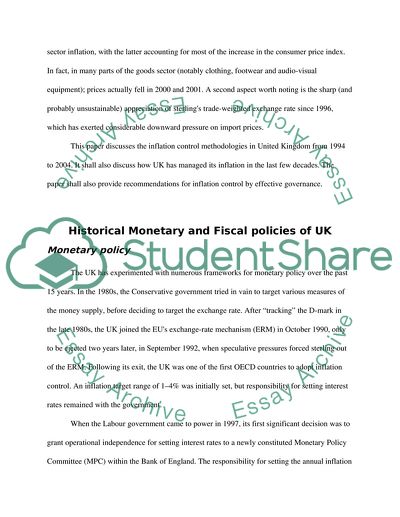Cite this document
(Inflation Control by Government of UK Economy Essay, n.d.)
Inflation Control by Government of UK Economy Essay. Retrieved from https://studentshare.org/law/1712356-with-reference-to-the-uk-examine-and-discuss-the-methods-open-to-a-government-to-control-the-rate-of-inflation-within-an-economy
Inflation Control by Government of UK Economy Essay. Retrieved from https://studentshare.org/law/1712356-with-reference-to-the-uk-examine-and-discuss-the-methods-open-to-a-government-to-control-the-rate-of-inflation-within-an-economy
(Inflation Control by Government of UK Economy Essay)
Inflation Control by Government of UK Economy Essay. https://studentshare.org/law/1712356-with-reference-to-the-uk-examine-and-discuss-the-methods-open-to-a-government-to-control-the-rate-of-inflation-within-an-economy.
Inflation Control by Government of UK Economy Essay. https://studentshare.org/law/1712356-with-reference-to-the-uk-examine-and-discuss-the-methods-open-to-a-government-to-control-the-rate-of-inflation-within-an-economy.
“Inflation Control by Government of UK Economy Essay”, n.d. https://studentshare.org/law/1712356-with-reference-to-the-uk-examine-and-discuss-the-methods-open-to-a-government-to-control-the-rate-of-inflation-within-an-economy.


